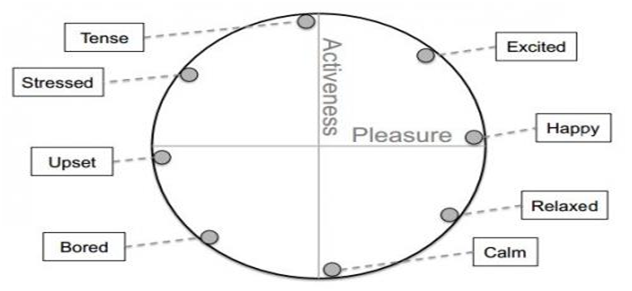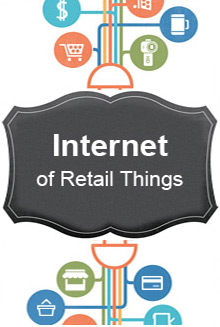Home automation system has reached a revolutionary stage where any person with home automation at his place can control action of its home appliances with just a touch on his screen and everything then is done by appliances itself. With the evolution of predictive analytics, even that functionality has become trivial in nature as machines are learning and adapting on their own using the business intelligence, analyzing the behavioral pattern of the person and the information to perform certain action. One of the major steps being taken in this direction is what’s called mood sensing technology.
Mood sensing is the latest phenomenon that almost every big company is trying to pitch for. Currently Apple has claimed to invent this technology and has claimed for its patent, similarly Kaista, a Korean company has claimed patent for the same technology. Mood sensors works by sensing tiny changes in the goose bumps of the tenants, mostly known as pilo erections. These tiny changes can reflect the person’s mood and could be used to determine everything from their experience of music, online ads, TV programs, temperature etc.. Moods sensors can analyze your moods and accordingly adjust the brightness and color of room lights for you; it can also adjust the type of music and TV program to be played on TV by analyzing the mood for you.

The most important feature of mood sensing technology is the advertisements. This is one of the major sources of revenue for companies like Google and Facebook, and which in-turn is prompting other companies like Apple to explore this space due to its potential to offer great revenue generation opportunities for the companies who are running short of newer ideas. One of the major scenarios in online ads has been location based ads, where the service provider sends ads according to the current location of the customer. That being said, the satisfaction level or lead generation opportunity for the service provider highly depends on the current mood of the customer. If the person is in a negative mood, then he might ignore the advertisement. This may not just cause the message delivery cost of the service to go in vain, but also creates or triggers a negative mindset for the service provider .
Hence, through mood sensing technology, the service provider can not only bring higher satisfaction level for its customers while getting more loyalty customers for them, but can also generate more potential customers for them while also optimizing their costs. Apple, through mood sensing is the most likely going to attempt at controlling the timing of out-and-about push advertisements, like getting a coupon delivered for a latte when you stroll past your local coffee shop. The filing reads that Apple will include “deliver content that is selected, at least in part, based on the inferred mood.
Some of the products regarding mood sensing have already hit the market .The technology to tune your music to your running rate has been around for a while, with devices such as the Nike+, and adaptive playlisters like Songza having the ability to select music according to your mood – even letting you give a “thumbs down” to stuff that doesn’t match. There are also headphones, made by Japanese company Neurowear, that scan your brainwaves to select the music on your smartphone that matches your frame of mind. While for the skin sensing technology, wristbands are considered to be the most suitable wearable device.
Data Flow (Home Automation)
- Skin sensors in wristband or the headgear will detect your mood, analyzing changes in your goose bumps or brainwaves
- This information will then be sent to the home gateway, which will control the devices around your environment to switch according to your mood
Data flow (Online Ads)
- Sensing devices through any of the near field communication technologies by considering Bluetooth is the most used technology in the mobile world.
- The mobile collecting this data and GPS location of the user will send it to the service provider’s cloud or data center through the app of service provider being installed on your mobile handset.
- The data center, then will deliver the ads according to your mood
- Apple’s mood detection plan – Apple’s unobtrusive mood-detection plans rely on sniffing ‘recently consumed content’ such as a digital media item, a social networking activity, and/or an invitational content item response. Examples of digital media items can include apps, digital audio, digital videos, digital publications, webpages, invitational content, etc…
Challenges-
- Devices have to be compatible with the mood sensing technology .They should have the intelligence to switch channel or track no, all according to the mood
- Skin sensor technology is still not fully developed and has not been implemented even though many companies have filed patent for it
- Accuracy of mood sensing technology is still under radar and lot of work still needs to be done on it

Aditya is a former Happiest Mind and this content was created and published during his tenure.






